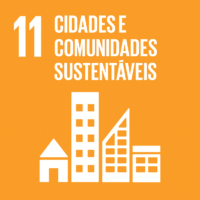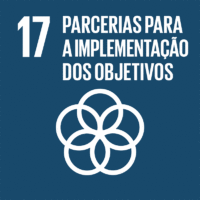Ciência_Iscte
Comunicações
Descrição Detalhada da Comunicação
Sentiment Analysis in Urban Design: Towards truly participatory heritage mapping
Título Evento
Unforeseen Paths#1
Ano (publicação definitiva)
2022
Língua
Inglês
País
Portugal
Mais Informação
Web of Science®
Esta publicação não está indexada na Web of Science®
Scopus
Esta publicação não está indexada na Scopus
Google Scholar
Esta publicação não está indexada no Overton
Abstract/Resumo
Virtual communities are true communities, whose common ties rest on their shared experience via different forms of social media networks, such as TripAdvisor, Facebook, Twitter.
Multiformat user-generated content (UGC) greatly influences collective and individual purchasing and consumption behaviors. Its potential for leveraging the acquisition of products or services has been discussed especially by researchers, marketers, and business operators in the tourism and hospitality sectors. Nevertheless, UGC content is less used in architectural heritage studies, urban design, and territorial planning.
We show that this gap needs to be bridged especially for unveiling the real perceived quality of heritage sites by international and domestic visitors. The experiential consumption of the built environment and public space in historical cities can be in-depth analyzed through sentiment analysis.
Sentiment analysis is text mining that allows to identify, extract, and analyze a large amount of subjective information. It consists of processing text, such as online reviews, to compute a sentiment polarity and/or a sentiment score for detecting emotions behind the text. Although remaining complementary to any on-site observation, the analysis of perceived experiences of visitors can capture almost live feedbacks of many who experienced heritage sites over time. Visitor experience can be evaluated considering different indicators, which include aesthetic values, sense of safety, destination loyalty, among many. Moreover, sentiment analysis unveils hidden or overlooked aspects by local or national observatories on culture and tourism. Visitors’ evaluations using social digital platforms can thus recast heritage mapping towards more effective and participatory management policies.
Agradecimentos/Acknowledgements
This work was partially supported by Fundação para a Ciência e a Tecnologia, I.P. (FCT) [ISTAR Projects: UIDB/04466/2020 and UIDP/04466/2020].
Palavras-chave
sentiment analysis,visitor experience,user-generated contents,heritage sites,advanced mapping
Contribuições para os Objetivos do Desenvolvimento Sustentável das Nações Unidas
Com o objetivo de aumentar a investigação direcionada para o cumprimento dos Objetivos do Desenvolvimento Sustentável para 2030 das Nações Unidas, é disponibilizada no Ciência_Iscte a possibilidade de associação, quando aplicável, dos artigos científicos aos Objetivos do Desenvolvimento Sustentável. Estes são os Objetivos do Desenvolvimento Sustentável identificados pelo(s) autor(es) para esta publicação. Para uma informação detalhada dos Objetivos do Desenvolvimento Sustentável, clique aqui.

 English
English




